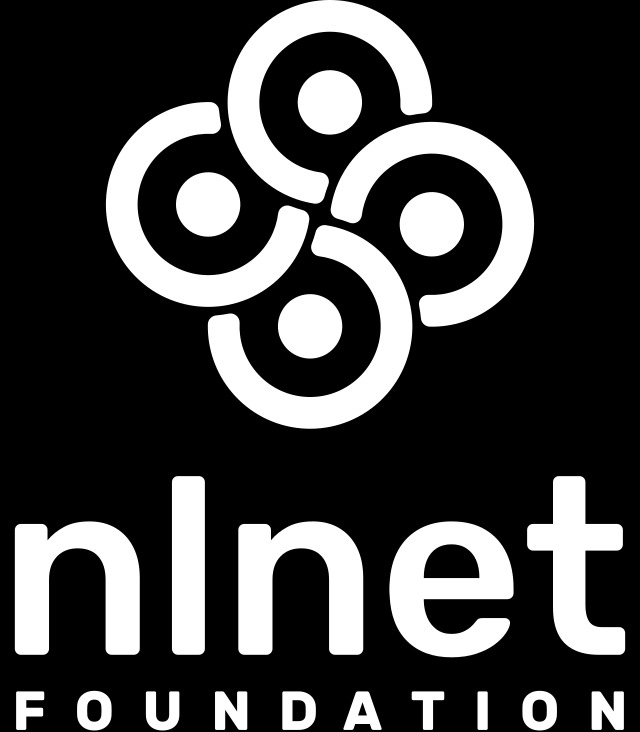

This is because in the NetLogo default color scheme, 0.0 is black and 9.9 is white. To color the patches appropriately, the activity value (which has been normalized to lie between 0 and 1) is simply multiplied by 9.9. Would this be more beneficial for those who are initially poor, or those who are initially rich? Or would it matter at all? NETLOGO FEATURES
NETLOGO LPUT UPDATE
Can you explain this? EXTENDING THE MODELĬhange the mathematical update function so that some constant amount (determined by a slider) is added to the activity level of each patch each time. Both of these are in the increasing returns regime, but the ALPHA = 2 shows a much more concentrated white spot. Compare the visual results when you use ALPHA = 1.1 and ALPHA = 2. ALPHA = 1.02), then the whole screen turns white, rather than having a white spot in the midst of black (which occurs with high values of ALPHA). If MOORE-NEIGHBORHOOD? is switched ON and ALPHA is barely in the positive returns regime (e.g. The ACTIVITY DISTRIBUTION plot shows the distribution of the activity levels in each of the 441 cells, normalized such that the maximum activity level equals 1. The MOORE-NEIGHBORHOOD? switch determines whether grid locations use the average of their neighbors' activity values (ON) or just use their own activity values (OFF), to be raised to the ALPHA power each tick. This is particularly useful because the model runs very quickly, so the user may miss seeing the process if they just push GO.

Press the "GO ONCE" button to move forward one tick in model time. You will see the view quickly converges to a steady state. Press the SETUP button to initialize the grid with random activity values. Instead of taking the current activity value to the power ALPHA, each location first averages its own activity value with the activity values of the eight neighboring locations, then takes the resulting average to the power ALPHA.Īfter each tick, all the activity values are normalized to lie between 0 and 1, with the maximum activity value being scaled to 1. If MOORE-NEIGHBORHOOD? is switched on, then the rules are only slightly different: When ALPHA = 1, it is a "constant returns" situation, and when ALPHA < 1, it is "decreasing returns". A location that has a high activity value to begin with has the greatest advantage and will eventually overshadow all the others. Basically each square is experiencing exponential growth (or decay, if ALPHA 1, the situation is one of positive returns. In each time step (or tick), the grid square takes its current activity value to the power of ALPHA (adjustable by a slider), and sets its activity equal to that result. If MOORE-NEIGHBORHOOD? is switched off, these are the rules: The question this model answers is this: starting with a random distribution of activity levels, what happens to the distribution over time, as a result of the following growth process. Perhaps two railroad lines happened to meet here, or gold was found in nearby hills, so a large city sprang up. The initial activity values being chosen randomly are suggestive of historical accident. This model is merely demonstrating the basic mathematical concept, so the particular analogy to real-world phenomena is not important. Or the squares could represent corporations, with the activity values being market share or profits. These squares could represent cities, and the activity value could express populations. In this model, we have a 21 by 21 grid of squares, each of which is assigned an initial random "activity" value. This model lets the user explore the realms of increasing, constant, and decreasing returns. With "constant returns", there is no growth or decay, so the ratios between rich and poor players stay fixed. In this case, all quantities are reduced over time until they eventually equalize - which is beneficial for the poor and harmful for the rich. There can also be "decreasing returns to scale". Positive feedback is sometimes called "increasing returns to scale".

With positive feedback, growth leads to size which leads to increased rate of growth. More technically, positive feedback describes the situation where the rate of growth of a quantity is positively correlated with the magnitude of that quantity. Positive feedback is, colloquially speaking, a situation where the rich get richer and the poor get poorer. For analysis and discussion beyond that provided with this model, the reader is encouraged to refer to this text. In particular, it is an implementation of the model described in the book "Cities and Complexity" by Michael Batty, on pages 38-42. This model demonstrates the effect of "positive feedback". Do you have questions or comments about this model?


 0 kommentar(er)
0 kommentar(er)
